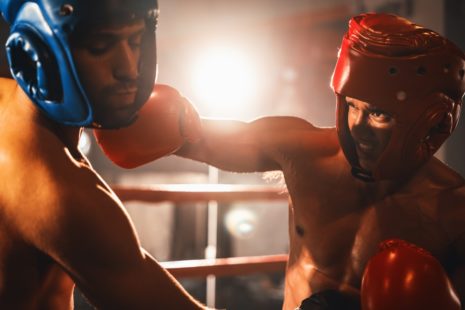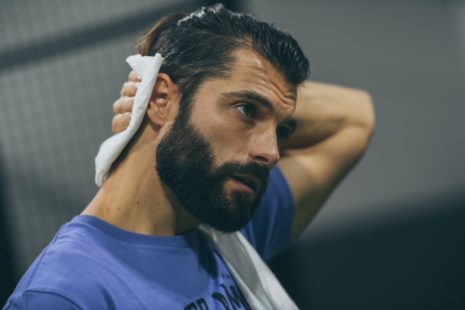Brazilian Jiu-Jitsu (BJJ) can potentially be hard on the neck, particularly if proper technique and precautions are not followed.
Here are some reasons why BJJ can impact the neck and ways to mitigate potential risks…
- Direct Pressure – Various BJJ techniques, such as chokes, neck cranks, and submissions, can exert direct pressure on the neck, leading to discomfort, strain, or injury if applied incorrectly or with excessive force.
- Takedowns and Throws – During takedowns and throws, there’s a risk of impact or whiplash, which can strain the neck muscles and ligaments or even cause cervical spine injuries if not executed properly or if the practitioner is not adequately prepared for the impact.
- Guard Passing and Escapes – In BJJ, practitioners often find themselves in positions where they need to defend against guard passes or escape from pins and submissions. These movements can involve twisting, bridging, and turning, which may place stress on the neck if done forcefully or with poor alignment.
- Inadvertent Contact – Accidental collisions or contact with opponents’ limbs or bodies during training or sparring sessions can also lead to neck strain or injury, especially if the neck is not properly protected or if the head is not kept in a neutral position.
To minimize the risk of neck injuries in BJJ, consider the following precautions…
- Focus on Technique – Proper technique is essential in BJJ to reduce the risk of injury. Pay close attention to alignment, leverage, and execution of techniques to avoid unnecessary strain on the neck.
- Listen to Your Body – If you experience discomfort or pain in your neck during training, communicate with your training partners and instructors, and take appropriate breaks to rest and recover.
- Strengthen Neck Muscles – Strengthening the muscles surrounding the neck can provide additional support and stability, reducing the risk of strain or injury. Incorporate neck-specific exercises into your strength and conditioning routine, such as neck bridges, isometric holds, and resistance band exercises.
- Protective Gear – Consider wearing appropriate protective gear, such as a well-fitted mouthguard and a quality gi or rash guard with a thick collar to help absorb some of the impact and minimize friction on the neck during training.
- Gradual Progression – Progress gradually in your training, especially when learning new techniques or sparring with higher-level practitioners. Build a strong foundation of fundamental skills before advancing to more complex movements or intense sparring sessions.
- Cross-Train and Maintain Flexibility – Incorporate complementary training modalities, such as yoga, mobility drills, and neck stretching exercises, to improve flexibility, range of motion, and overall resilience in the neck and spine.
By practicing proper technique, listening to your body, strengthening neck muscles, using protective gear, progressing gradually, and maintaining flexibility, you can enjoy the benefits of BJJ while reducing the risk of neck injuries. If you experience persistent neck pain or discomfort, consult with a healthcare professional for a proper evaluation and guidance on managing your condition.




